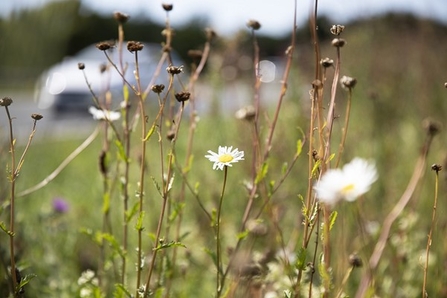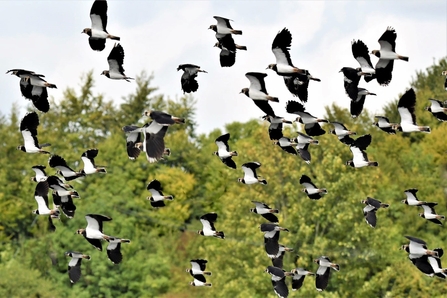The projects will help create, restore and connect places for wildflowers, trees and wildlife, where the environment has been impacted by activities from previous road building. Natural solutions such as wetlands and reedbeds will help filter polluted run-off from roads.
Wild areas which have been fragmented by highways will be improved and restored for nature, with one scheme piloting hazel dormouse bridges alongside the M5 in Somerset, reconnecting isolated populations of critically rare dormice and helping them spread into the wider landscape.
At Langford Lakes nature reserve, in Wiltshire, next to the A36, 11 hectares of wetland habitat will be created and enhanced for birds of conservation concern. New habitat features will include a sand martin bank, tern rafts, an area of reedbed, wet grassland and muddy wetland margins will support breeding lapwing, breeding common tern, breeding sand martin.
A stretch of the River Were which flows through Smallbrook Meadows nature reserve will be restored, allowing it to once more meander through the floodplain creating space to support birds, mammals and vital insects.


